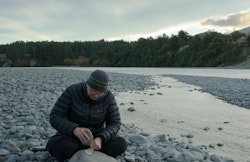Closer to Nature
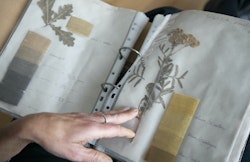
On Fibre Optic Weaving and the Archiving of Landscape
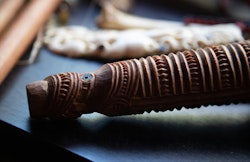
Returning the Long Silent Voices of Our Treasures to the World of Light
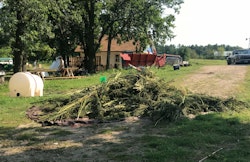
Winona's Hemp
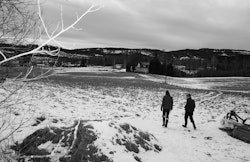
Moving Away as Moving Towards
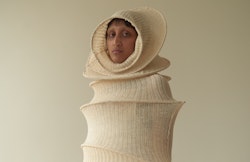
Can Textile Craft Help Restore Planetary Health?
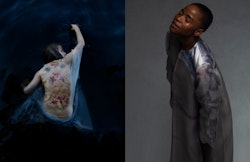
Co-Culturing: Crafting the Living
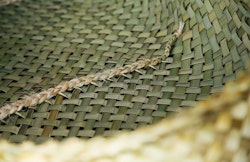
Wānangatia Te Wahakura
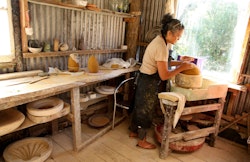
Texture of Practice: Dorothy Waetford
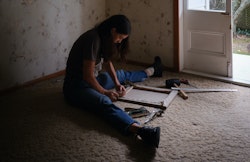
Texture of Practice: Raukura Turei

The Landscapes Within: Monika Svonni
